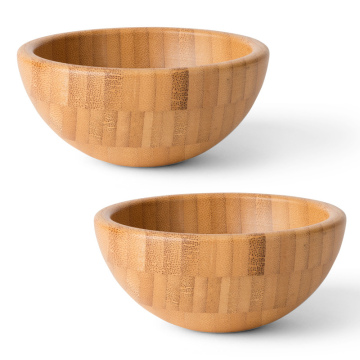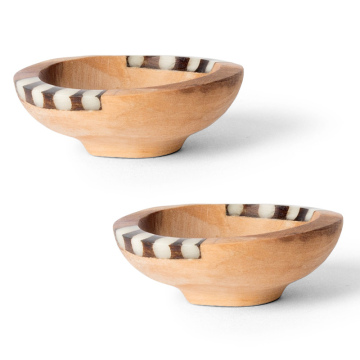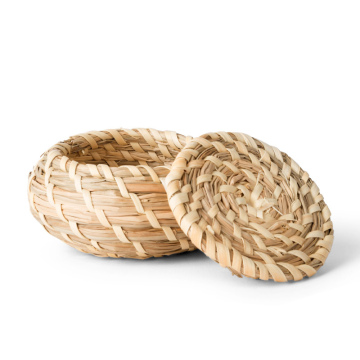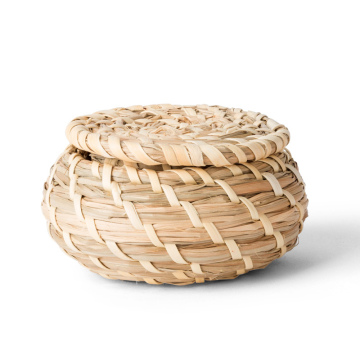Savoring Sushi: A Culinary Journey Through Japan
The Origins of Sushi: A Historical Overview
The history of sushi is a captivating journey that reflects Japan's rich cultural heritage and culinary evolution. Its origins can be traced back to ancient times, specifically the 8th century, where a method called narezushi was utilized. This early form of sushi involved fermenting fish with rice, allowing it to preserve the fish for extended periods. The fermentation process not only provided sustenance but also imprinted unique flavors on the fish, a practice that would later influence sushi’s development.
As centuries progressed, the method of preparing sushi evolved. The Muromachi period (1336-1573) saw the emergence of the jiri-zukuri style, where fish was consumed fresh rather than fermented. However, it was during the Edo period (1603-1868) that sushi truly began to flourish into the art form we recognize today. The creation of nigiri sushi, which consists of small balls of vinegared rice topped with raw fish, marked a significant turning point in sushi's history. This new style catered to the fast-paced life in Edo (modern-day Tokyo), making sushi a convenient street food option for bustling urban dwellers.
The impact of globalization on sushi cannot be understated. With increased international travel and a growing interest in world cuisines, sushi began to transcend geographical boundaries. Variants such as California rolls emerged in the United States, showcasing the adaptability of sushi while maintaining its traditional roots. Modern sushi continues to blend innovation with history, introducing diverse ingredients while respecting age-old techniques. Despite these transformations, the essence of sushi—a delicate balance of flavor, texture, and presentation—remains intact, symbolizing the enduring culinary artistry of Japan.
Types of Sushi: A Guide to Different Varieties
Sushi, a quintessential aspect of Japanese cuisine, comes in various forms, each offering a unique culinary experience. The most recognizable types include nigiri, maki, sashimi, and temaki. By exploring these varieties, one can gain a deeper appreciation for the art of sushi-making.
Nigiri is a classic type of sushi characterized by a hand-formed mound of vinegared rice topped with a selection of fish or seafood. The preparation involves carefully selecting fresh, high-quality fish, which can range from tuna to eel. The perfect nigiri balances the flavors of the fish with the subtly seasoned rice, highlighting the freshness of the ingredients.
Next, there’s maki, or rolled sushi, which typically consists of vinegared rice and various fillings wrapped in seaweed, known as nori. There are different styles of maki, including hosomaki (small rolls) and uramaki (inside-out rolls). The fillings can include vegetables, fish, or a combination of both, allowing for a wide range of flavor profiles. When choosing ingredients for maki, seasonal vegetables and fresh fish are preferable for the best taste.
Sashimi, while not technically sushi, is often associated with it. This dish comprises thinly sliced raw fish served without rice. The focus here is on the quality of the fish, which should be fresh and carefully sourced, often featuring regional specialties like salmon from Hokkaido or octopus from Okinawa.
Temaki, or hand rolls, provide a more interactive dining culinary experience. Often prepared to order, these cone-shaped rolls are filled with a variety of ingredients, making them customizable to individual preferences. Selecting local ingredients, such as regional fish or seasonal produce, can elevate the flavor of temaki, showcasing the diversity found throughout Japan’s culinary landscape.
Sushi Etiquette: How to Enjoy Sushi Like a Local
When dining on sushi in Japan, understanding the local etiquette can greatly enhance the culinary experience. One fundamental aspect to grasp is how to properly hold chopsticks. Traditionally, chopsticks should be held towards the top, about one-third of the way from the end. It is considered impolite to stick chopsticks upright in rice, as this resembles a funeral rite. Instead, place them on the holder or across the plate when not in use.
Another key component of sushi etiquette involves soy sauce and wasabi. While many might be tempted to mix wasabi directly into soy sauce, this practice is generally frowned upon. When enjoying nigiri, one can dip the fish side lightly into soy sauce instead of the rice. This ensures that the balance of flavors remains intact and demonstrates respect for the chef's preparation. It is also advisable to apply wasabi directly onto the sushi before consuming, if necessary, as this aligns with traditional sushi dining practices.
The freshness of your sushi is paramount, and it is common for chefs, known as itamae, to communicate the day's special offerings. When ordering, a simple "o-negai shimasu" or “please” goes a long way in demonstrating politeness. It is important to listen to the chef’s recommendations; they possess extensive knowledge about seasonal and regional sushi. Respecting the chef’s expertise not only elevates the dining culinary experience but also builds a connection between the diner and vendor.
Lastly, savor each piece of sushi with a sense of gratitude. Chefs pour their skills and passion into each creation, and expressing appreciation for their work embodies the essence of sushi dining in Japan. By following these etiquettes, one can enjoy sushi like a local, experiencing the full richness of this culinary journey.
Sushi Experiences: Where to Savor Authentic Sushi in Japan
Japan is home to a plethora of sushi restaurants that cater to various tastes and budgets. Among the most renowned cities for sushi is Tokyo, which boasts both high-end sushi establishments and casual sushi bars. One eminent location is Tsukiji Outer Market, where local chefs serve the freshest seafood in simple yet delectable sushi forms. Visitors should arrive early to secure a spot and savor the rich, buttery flavors of nigiri paired with soy sauce or a dash of wasabi. It’s recommended to try the maguro (tuna) or salmon roe, which are local favorites.
In addition to Tokyo, Osaka offers its unique spin on sushi, especially within its vibrant street food scene. One highly recommended spot is Endo Sushi, located within the Osaka Central Fish Market. This establishment is celebrated for its affordable yet incredibly fresh sushi options, making it a beloved choice among locals and tourists alike. Reservations are not typically required, but arriving earlier in the day will ensure the best selection of seasonal offerings.
Traveling north, Hokkaido presents another remarkable sushi journey, with its seafood being among the freshest in the country. A visit to Sapporo will lead one to Sushi Zen, where diners can indulge in a kaiseki-style meal featuring a delightful assortment of locally sourced fish. Pairing sushi with a refreshing cup of sake enhances the overall culinary experience, and the knowledgeable staff can recommend the perfect selection based on your dish choices.
When dining at these authentic establishments, it is important to be aware of the dining etiquette, such as avoiding excessive soy sauce and respectful use of chopsticks. Many sushi bars also provide an omakase menu, allowing chefs to curate a sequence of dishes that showcase their artistry. This is an excellent way to culinary experience the finest offerings and a testament to the chef's skill.











